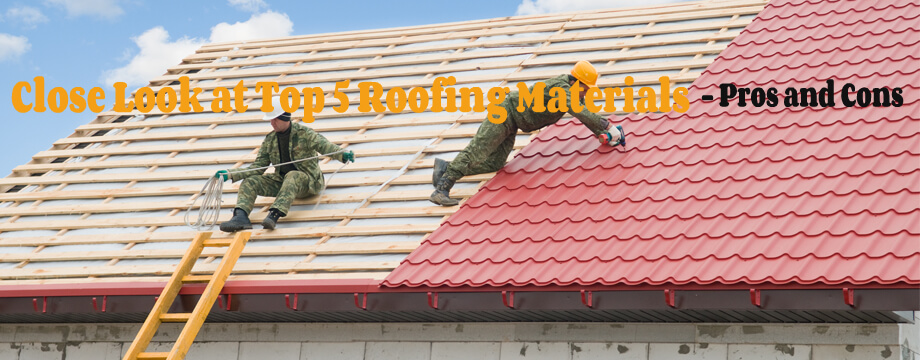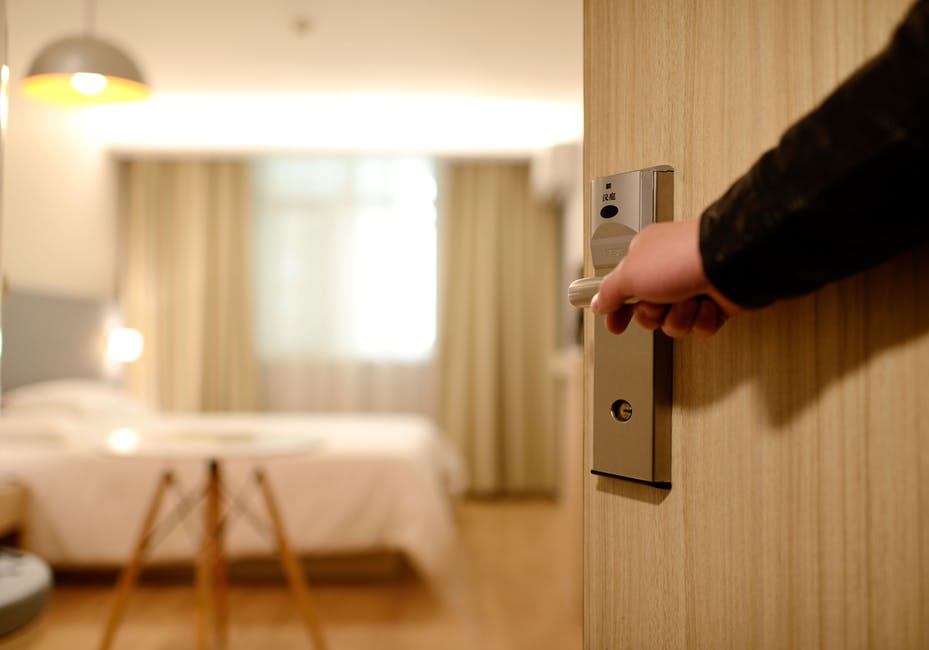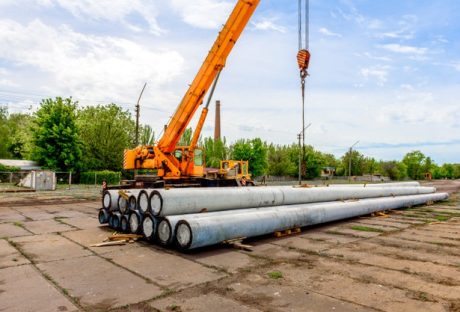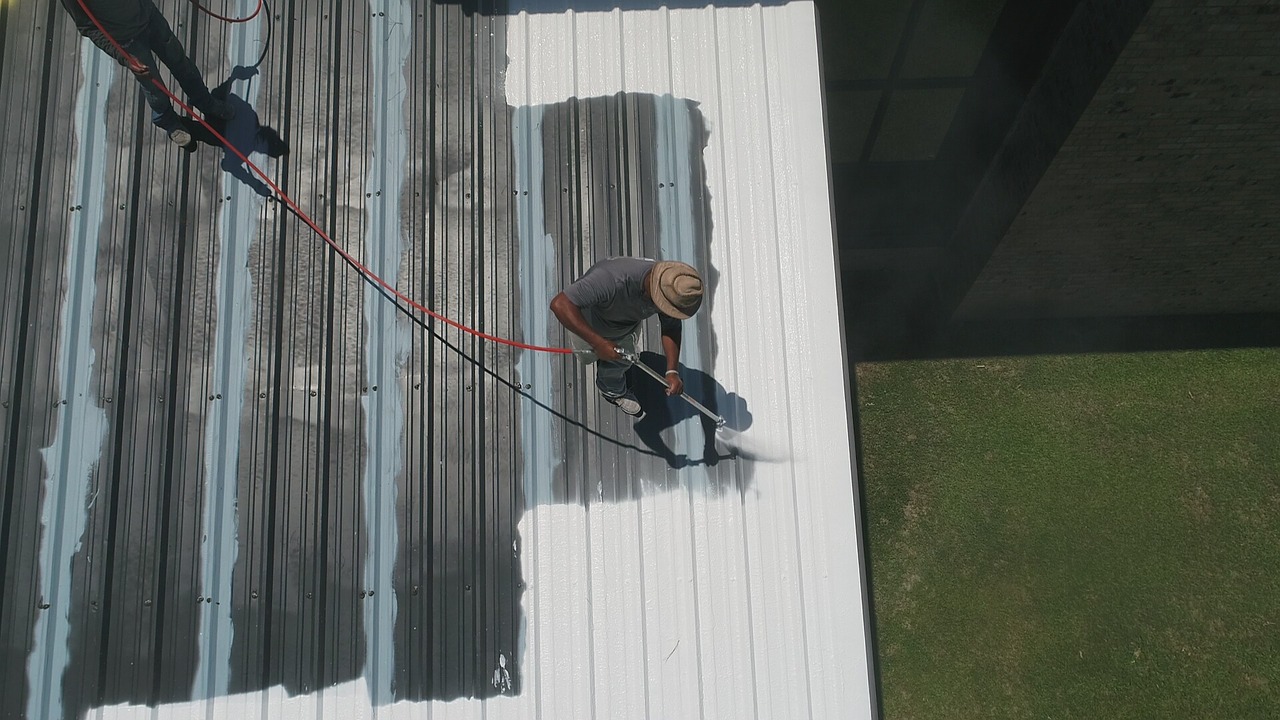There’s no dearth of options for those mulling a new roof installation. Choosing the correct roof for your home is imperative to ensure that you get full functionality and lifespan. The final decision should be taken after considering different factors such as the owner’s location, the roof’s weight, and the cost, warranty, and lifetime of the product. This blog post discusses, five popular roofing options for homeowners taking time to look at their advantages and shortcomings:
1. Asphalt shingles
Asphalt shingles are unarguably the most common roofing option for homeowners in US, all thanks to their affordable nature and ease of installation. Moreover, many roofers also follow the practice of reinforcing shingles with organic materials or fiberglass, which has a positive impact on their durability and moisture resistance.
Pros
Asphalt shingles come in different sizes, shapes, and colors. They are easily available and the most economical roofing option available on the market.
Cons
Asphalt has a short lifespan when compared to other materials, and also incapable of providing proper insulation.
Best suited house styles: Traditional sub-urban houses
Cost: The cost of installing asphalt shingles can be anywhere between $70 to $120/sq.ft. and they can last for 20-25 years with proper maintenance.
2. Clay and concrete tiles
The use of clay adds to the roof’s texture and elegance, enhancing its aesthetic appeal. Clay and concrete tiles are heavy roofing materials and should be installed by professionals to avoid accidents and damage to property.
Pros
Clay and concrete tiles are highly durable and fire-resistant. They are also known for their energy efficiency. Installing a concrete roof can, therefore, help you lower energy costs.
Cons
Both clay and concrete are heavier than other roofing materials and usually require additional framing to function smoothly. The materials are also expensive and you may have to shell out a considerable amount of money to install clay/concrete tiles.
Best suited house styles: Mediterranean, Southwestern, and Spanish-style homes.
Cost: Prices fluctuate in the range of $300-$500/sq.ft. Concrete tiles have a lifespan of 40-50 years provided you follow maintenance schedules without fail.
3. Metal roof
Metal roofs are available in two types, panels, and shingles. Some of the common metals used by roofers who specialize in metal roofing are aluminum, copper, stainless steel, and zinc. If you’re considering a metal roof, it is advisable that you first consult your provider on the type of metal you should use after considering all the important factors.
Read also: Avoid these 4 Mistakes during Multi Family Housing Renovation
Pros
Metal roofs are highly resistant to temperature fluctuations and also offer better protection against solar radiation. They are also long-lasting and recyclable.
Cons
Installing a metal roof can be a costly decision and you may have to shell out anywhere between $100-$800/sq.ft. to install a metal roof.
Best suited house styles: bungalows, cabins, and contemporary and cottage-style homes.
Effective life: With proper maintenance, metal roofs can last anywhere between 40-75 years.
4. Slate
Opting for a slate roof is a prudent decision if you need to avail a variety of designing options. Slate roofing comes in different colors like black, green, grey, red, and purple. It lends a touch of style and elegance to your roofing.
Pros
Slate roofs are durable and equipped with fire-resistance properties. You can also recycle slate to reduce costs and save the environment.
Cons
Apart from being expensive, slate is also heavy, making any plans for a DIY approach strongly inadvisable. Moreover, the quality of the materials can vary if you plan to use imported slate.
Cost: $600/sq.ft. And above. The effective life of slate roofs can extend up to 100 years and more.
5. Wood shingles and shake
Wood shingles are handmade and available in attractive shades of gray. When opting for wood roofing make sure the material is class a certified and includes shingles with a fire-resistant coating.
Pros
The use of wood shingles lends a rough yet artistic look to your roof. The shingles are made from natural materials like cedar, and redwood and are environment-friendly.
Cons
There are high chances of the roof sustaining significant damage when exposed to moisture, high temperatures, and rainfall. Moreover, fire codes in some states may prohibit the use of these materials.
Best suited house styles: Cape Cod, cottage, Craftsman and Tudor-style homes.
Cost: $100-$150/ sq.ft. You can expect the roofing to last around 25-30 years.
The blog discusses five popular roofing choices available to homeowners. You should, however, not limit yourself to these choices. Consider exploring other options before making a final decision. Consult your contractor and ask them to share their thoughts on your choice. You must also factor-in the maintenance costs and schedules associated with each option before you.






















